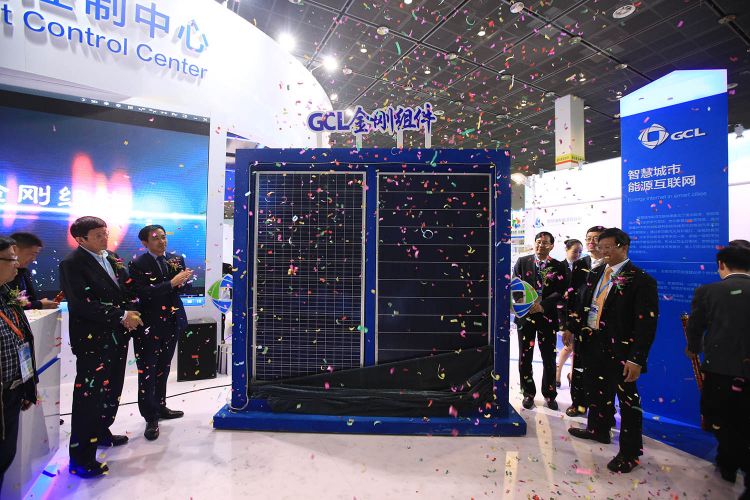
China-based PV manufacturer GCL System Integration Technology (GCL-SI) has broken its own solar cell average efficiency for its self-developed PERC cells in mass production by utilizing Reactive Ion Etching (RIE) technology – reaching 20.6% from 20.1% in February.
“We have now effectively resolved the issue of multicrystalline PERC cell degradation and power loss,” said Zhang Chun, head of GCL-SI's R&D cell team. “Through proper regeneration annealing processing, an additional absolute efficiency gain up to 0.15% can be reached. Furthermore, the LID results show properly treated cells have significant improvement in degradation behaviour with less than 1% relative efficiency loss.
Try Premium for just $1
- Full premium access for the first month at only $1
- Converts to an annual rate after 30 days unless cancelled
- Cancel anytime during the trial period
Premium Benefits
- Expert industry analysis and interviews
- Digital access to PV Tech Power journal
- Exclusive event discounts
Or get the full Premium subscription right away
Or continue reading this article for free
“GCL-SI will further advance towards the goal of realising an average efficiency of 20.5% and a maximum efficiency of somewhere between 20.8% and 21% in 2017,” he added.
The company recently showcased its ‘black silicon’ multicrystalline modules, its latest mono PERC offerings and dual-glass products as well as energy storage systems at Intersolar Europe. Black silicon is well-known for its extremely low reflectance and low absorption of some kinds of photovoltaic applications. GCL-SI has taken the lead in the integration of all three existing methods – additive direct texturing, metal assisted chemical etching (MACE), and RIE – thus making massive manufacturing a reality in terms of cost reduction and efficiency gain.
GCL-SI will continue its efforts to scale-up the mass production of PERC solar cells.






